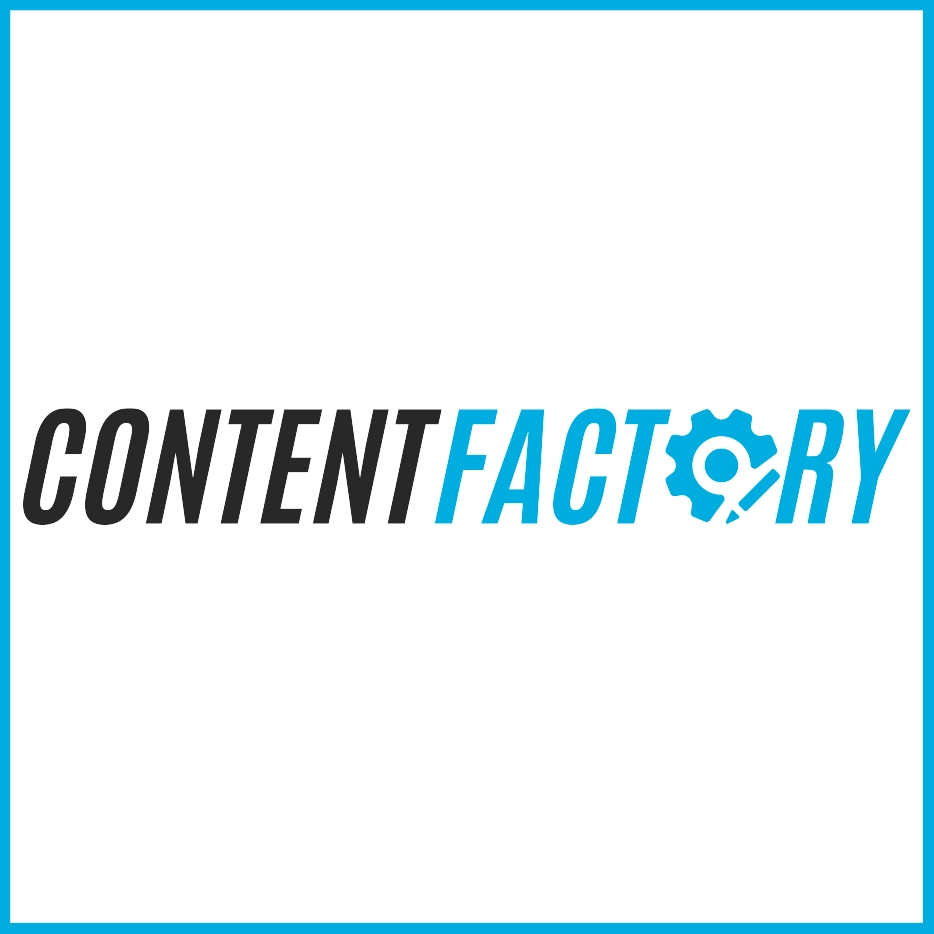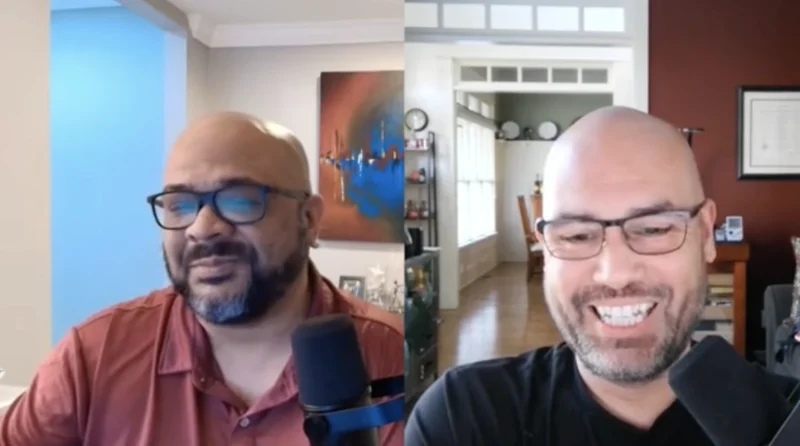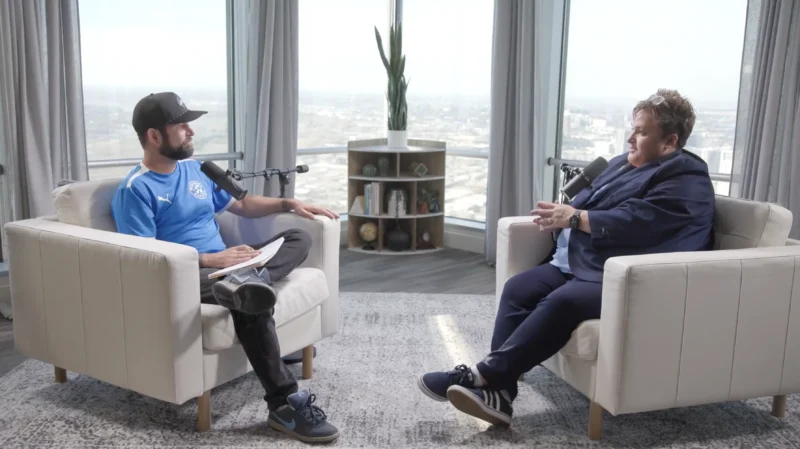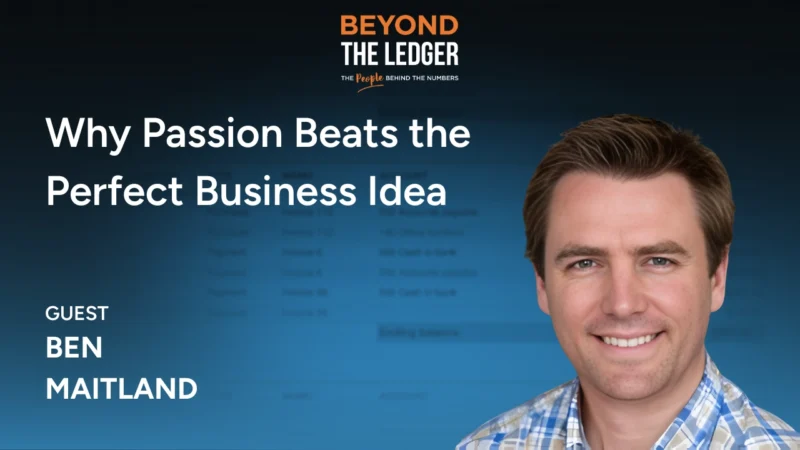What is the Anti-Seasonal Framework? EJ Saunders Gives Us An Idea
EJ Saunders, CEO of Blaze Digital Solutions discusses the Anti-seasonal Framework, a system he developed over six years to annualize marketing for outdoor industry companies. On the episode of the CoachYu Show, we learn more about this system.
The framework is divided into five phases, each corresponding to a different time of the year. These phases help guide the marketing strategy to align with the buying season:
1. Phase one corresponds to the time of expos and similar events.
2. Phase two aligns with early spring hunts and the start of the spring fishing season.
3. The next phase is the buying season, also referred to as the “hot season”.
4. This is followed by the holiday season.
5. The final phase, known as “Q5”, covers the period after Christmas and before New Year’s.
The Anti-seasonal Framework aims to provide a predictable path to purchase for clients by focusing on the right marketing strategies at the right times throughout the year.




